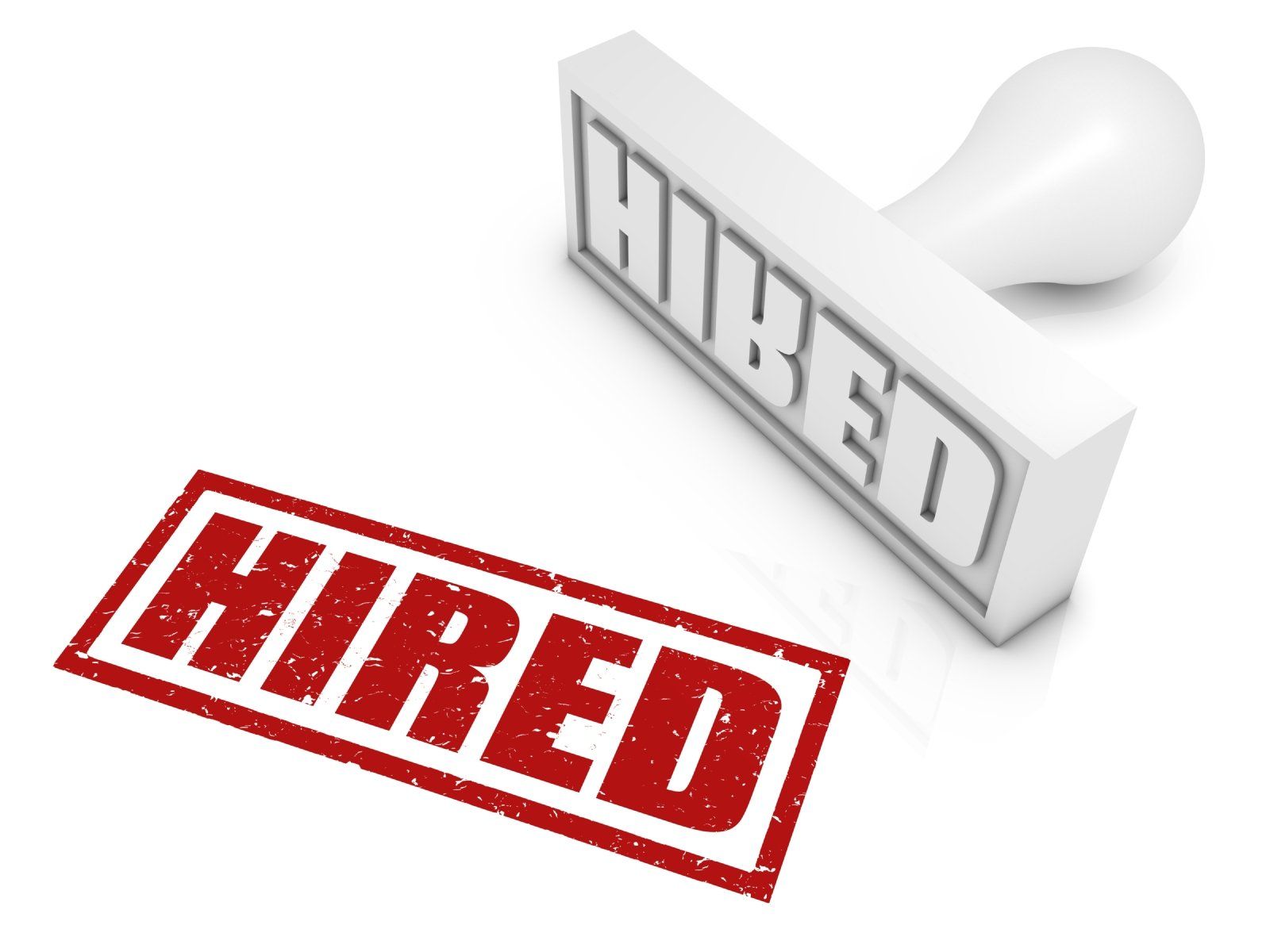The first step of your immigration journey is to book an appointment with one of our experienced Immigration Lawyers.
Blog Layout
A post for Trainees Immigration Lawyers - initial preparation and planning

In any application to the UKVI proving self employment status is a mammoth task. With our client's we often find they are in a panic when the list is provided. But this post is to simplify what you need to obtain to ensure your client is ready for submitting their application. So, let's begin witht the UTR or Unique Tax Reference Number. Question, why is this important? to allow the UKVI to make contact and checks with the HMRC to prove that the self employment is bona fide.
For instance, if there is a partnership or a single self employed person they must each provide their Unique Tax Reference Number, this is the number provided by the HMRC when the individual first registers as a self employed person. If your client cannot find the original letter, this number can be located on the SA100; more commonly known as a tax return. Although the UKVI asks for original or certified documents; new advisors will find at the close of your application that you will be uploading scans. Ensure the information you submit is true and capable of verification by the organisations they are linked to. False information will encourage a refusal. Under the OISC you have a duty to verify. This is part and parcel of due diligence.
Your client's accountant will produce a financial report or an audited report, detailing the relevant company's or self employed performance over the financial year. This is often known as the profit and loss report and accompanies other financial records to show how the figures were reached.
It is always advisable if your client is registered for value added tax or pay as you earn to provide the references and records as this shows ongoing self employment. As you will see there is good reason for each document supplied. The documents do not stand in isolation and the request will always comply with the GDPR requirements as per use for a specific purpose. Our trainees have had specific training on the Data Protection Act 1998 and GDPR as part of our mandate, new adviser should be integrated with Legal Rules outside of the scope of Immigration Laws which directly impacts on their day to day activities, particularly the afore mentioned which state that information should only be requeted for a specific purpose. This applies to every organisation in the UK.
Returning to our discussion, the self-employed the relevant documents are the SA100 which is the tax assessment plus the proof of submission alongside the SA302 which is similar to tax calculations only these are produced by the HMRC and a letter can be sent to your client by by post if they or you take the time to request this.
When dealing with a company director, aside from providing proof of the company regsistration, directors and officers, registered address etc; the other relevant documents will include the CT600 (company tax return; the CT620 which is the acknowledgement of the company tax return and the proof of submission. Other matters, are land ownership for business purposes, you need to request detalis of the planning permission that permits this trade on the business premises where a local authority requires this. This shows that your client is conducting a permitted activity in a legally authorised environment. It is key to advise your client of the need to remain within the legal remit of their activities, giving no excuse or allowances for the failure of their ultimate quest; on the basis of non compliance. Compliance is always key. Where your client's company is an overseas listed company on the London Stock Exchange, they must provide the evidence of the listing.
Finally it is always important to ask your accountant to provide a letter to you confirming they are responsible for your accounts and produced the accounts documents relied on, alongside their company registration with their accounts body. Examples of accountancy bodies you may encounter are theChartered Institute of Management Accountants (CIMA); Chartered Institute of Public Finance and Accountancy (CIPFA); Association of Chartered Certified Accountants (ACCA); Association of Consulting Actuaries (ACA). In similarity to you, accountants are also a regulated industry. I hope this helps. The list I have provided is not exhaustive and you may need to go further with the evidence.

by Sonya King
•
31 January 2025
In some cases, you may be eligible for an eVisa (digital immigration status) instead of a physical BRP. Check your visa decision letter for instructions. Access your eVisa via the 'View and Prove Your Immigration Status' online service: www.gov.uk/view-prove-immigration-status. Log in using your details (email and passport number or reference number) to view your visa information and share it with others if required. The system will not recognise the vignette, use the contact us segment of the website and request help. The UKVI will take it from there.

by Sonya King
•
29 January 2025
Understanding Employment Financial Requirements under Appendix FM
Discover the key employment financial requirements for UK immigration under Appendix FM. Learn about the minimum income thresholds, necessary documentation, and how to meet the criteria for family visa applications.

by Sonya King
•
10 January 2025
Apart from those with Right of Abode, there is another category of individuals who are not subject to the Immigration Rules rather their presence in the UK is governed by International Agreements. This includes diplomats, persons attending international conferences, members of international organisations such as the Commonwealth Secretariat and Members of International Forces under the Nation Status Forces Agreement. Under some of the international agreements controlling the presence of Exempt persons and their spouses there is automatic permission for the Spouses to work in the UK. Under others such as the Nato Forces Agreement there is no implicit right to work for the spouses as the agreement does not automatically grant work permission, they would need to check whether work is possible with their command and or should they obtain employment obtain what is known as a positive verification notice applied for by their employer. It is useful, therefore for holders of Exempt Status to apply for a vignette before entry. A vignette is a stamp affixed to a passport indicating status and conditions.

by Sonya King
•
3 January 2025
More than just immigration law, we give added value. This post welcomes you to work with us in 2025. It informs how we work and what we are willing to give. We will manage your case expertly, your expectations and work towards your future in the UK in partnership and in compliance with Governmental requirements.

by Lawson Hunte
•
11 December 2024
The Life in the UK test is a vital step for British citizenship, but it can feel daunting for many. The test assesses knowledge of British history, traditions, and laws, with questions ranging from medieval monarchs to modern customs. Applicants often struggle because the content can seem far fetched and not easy to associate with day to day life, especially for those new to the UK. The test's multiple-choice format hence, knowledge is key , the pass mark is 75%. Many are nervous even before the study begins. That is why we are developing a program to help.

by Lawson Hunte
•
11 December 2024
Naturalising as a British citizen is a significant milestone, offering the opportunity to fully embrace life in the UK. The process involves meeting key criteria: residing in the UK for at least 5 years (or 3 if married to a British citizen), holding Indefinite Leave to Remain, and demonstrating good character. Applicants must also prove their English language ability and pass the Life in the UK test, covering British history, culture, and values. Finally, a citizenship ceremony celebrates this new chapter. Naturalisation isn’t just legal status—it's a new chapter for many, providing freedoms, rights and responsibilities to one of the most progressive nation states in the World.
Call us:
+44 757 2448981
All Rights Reserved | Lawson Hunte Immigration Services Ltd © Copyright 2024
This company is OISC Registered F201100237


